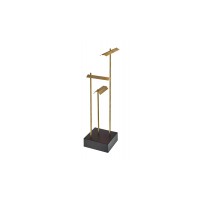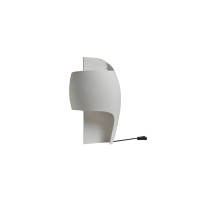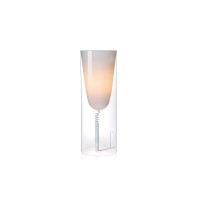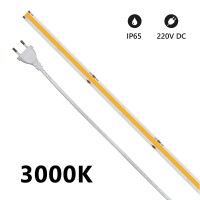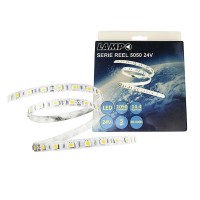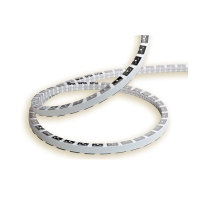How to Read a Technical Data Sheet: A Guide to Choosing the Right Lamp
When choosing a lamp, it’s not enough to rely on looks or price: behind every product there’s a technical sheet full of data, abbreviations, and numbers that—if correctly interpreted—allow you to understand whether that lamp will truly suit your needs.
Understanding the meaning of parameters like CRI, lumens, optics, IP protection rating, or the driver can make the difference between perfect lighting and a poor functional choice. In this article, we’ll explore how to read a technical sheet and how these values translate into light, atmosphere, and long-term durability.
How to read a technical sheet: CRI

The CRI (Color Rendering Index) indicates the ability of a light source to faithfully reproduce colors compared to natural light. It’s measured on a scale from 0 to 100: the higher the value, the more vivid and realistic the colors will appear.
For example, a CRI above 90 is ideal in environments where color perception is crucial, such as showrooms, clothing stores, or art galleries. A lower CRI, around 80, may be sufficient for domestic spaces or offices, where precise color accuracy isn’t a priority.
When you read the technical sheet, ask yourself: does the purpose of this lamp require high color fidelity? The answer will already guide your choice.
How to read a technical sheet: Lumens
People often think that wattage indicates a lamp’s brightness, but in reality, it’s lumens that measure the amount of light emitted. The higher the number of lumens, the brighter the lamp will be.
The technical sheet will list this data, and to choose correctly you need to consider both the environment and the function: a kitchen requires more lumens to ensure good visibility on the countertop, while in a living room you might prefer lower values to create a cozy atmosphere.
A practical tip: compare the stated lumens with the beam angle, because perceived brightness changes depending on whether the light is concentrated or diffused.
How to read a technical sheet: Optics
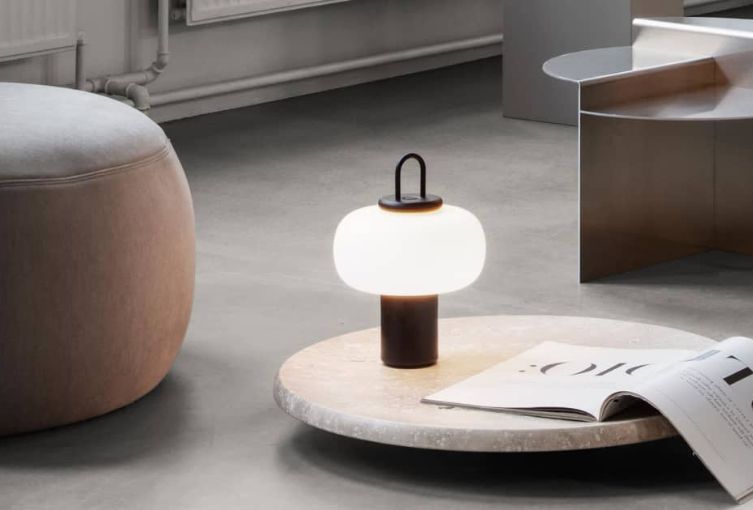
Optics determine how light is distributed in space. They can have narrow, medium, or wide angles, directly affecting the final result. A narrow beam (e.g., 10° or 15°) focuses light on a specific point, ideal for highlighting a painting or an architectural detail.
A wide beam (such as 60° or more) spreads light over a larger area, perfect for evenly lighting a room.
When reading the technical sheet, don’t just look at the lumens: think about where and how you want the light to reach. A lamp with the same power but different optics can produce completely different results.
How to read a technical sheet: IP
The IP (Ingress Protection) rating is expressed by two digits: the first indicates dust resistance, the second water resistance. For example, IP44 protects against solid objects larger than 1 mm and water splashes, while IP67 is fully dustproof and can withstand temporary immersion.
If the lamp will be installed outdoors, in a bathroom, or near water sources, a high IP rating is essential to ensure safety and durability. Ignoring this value risks premature failure or even safety issues.
How to read a technical sheet: Driver
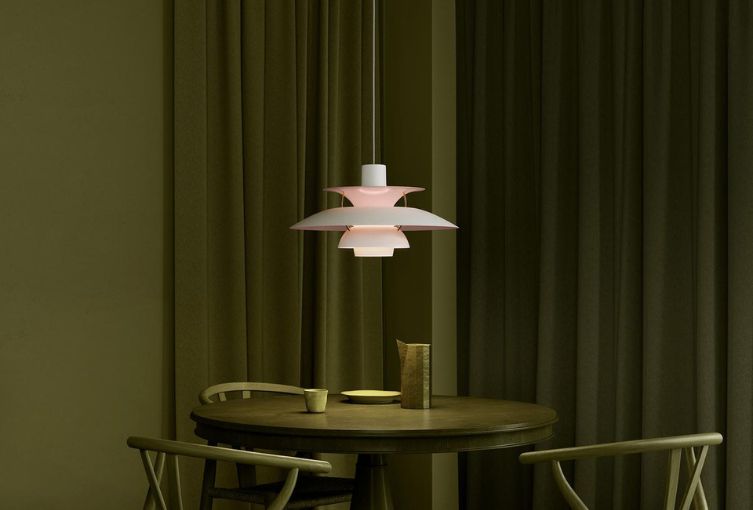
In LED lamps, the driver is the component that regulates and stabilizes the electric current. Driver quality affects the lifespan, efficiency, and stability of the light. Some drivers are dimmable, allowing you to adjust light intensity; others offer advanced functions like DALI control for smart home integration.
A complete technical sheet will indicate the type of driver included, voltage, and compatibility with dimming systems. If you want visual comfort and consistent performance, make sure the driver is high quality: a lamp with excellent LEDs but a poor driver won’t deliver the expected results.
When the technical sheet truly guides the choice
Learning to read a technical sheet means turning abbreviations and numbers into a clear vision of what the lamp will do for you. It means avoiding waste, achieving the desired aesthetic result, and ensuring the product is suited to the conditions of use.
Next time you find yourself comparing two similar models, ask: is the CRI right for my activity? Are the lumens enough for the area I need to light? Does the optic match my lighting concept? Does the IP rating ensure the necessary protection? Does the driver support the functions I want?
In conclusion, choosing the right lamp may seem complex, but with the guidance of professionals, it becomes a simple and safe process. Diffusione Luce has been working in the field for years, helping private clients, businesses, and architects design lighting solutions that combine functionality, aesthetics, and durability.
Want to know more? Then get in touch with Diffusione Luce!
Written by Alice Pruccoli
Share this content
